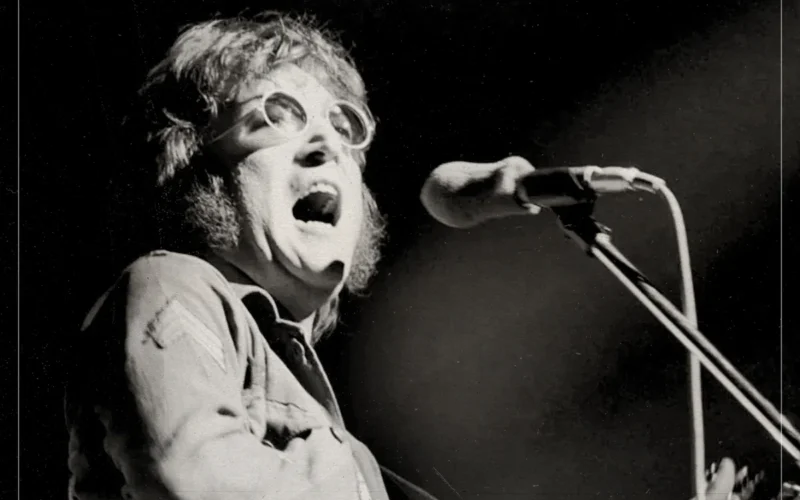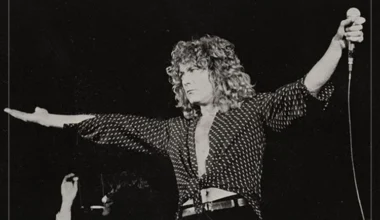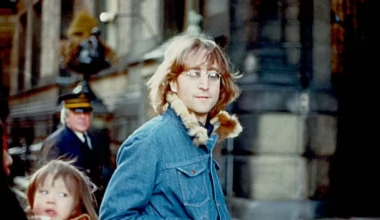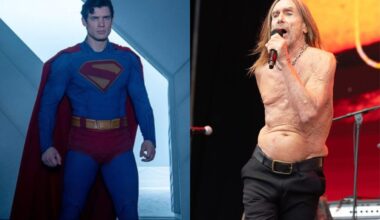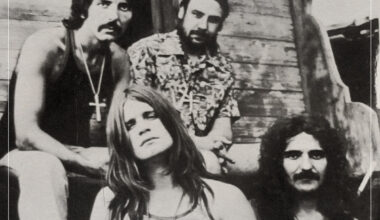While the 1960s may have swung, there was always one constant: The Beatles.
Dominating the charts, forging innovative musical paths and relentlessly releasing albums, they set the pace for what many artists would consider greatest. Arguably, no one has ever matched it, but many have tried.
Come their dissolution at the end of the decade, the playing field had been busted wide open and was ready to be filled by the next great band. Led Zeppelin, Pink Floyd, and The Clash were but a few who staked their claim for the throne that year, and while their efforts were noble, they never made a dent in The Beatles’ legacy.
For music fans, that was ultimately a good thing. There’s a strong case to be made that the 1970s were music’s best decade for its diversity. Folk, rock and roll, jazz, soul, and disco all flourished in what was a creatively fruitful decade, seeing ideas from differing musicians crossover to create an overlapping era of open-mindedness.
So, as The Beatles were winding down, recording their last album, Let It Be, their prospective solo careers were being inspired by this new generation of musical pioneers, less concerned with replicating The Beatles’ blueprint and instead trying to push on into a brave new world. One of those bands was Fleetwood Mac.
But not the Fleetwood Mac you may be thinking of. The globetrotting dream pop icons that we’ve all come to think of, led by the warring Stevie Nicks and Lindsey Buckingham, didn’t come to formation until 1974. Before that, the band teetered on the edge of similar greatness with a more bluesy brand of classic rock.
Led by the enigmatic Peter Green, Fleetwood Mac at the turn of the decade occupied what many would have considered more conventional rock and roll styles. But that’s not to say they were ordinary, no, anything but. Green’s songwriting and guitar playing were captivating and enchanting, so much so that it caught the attention of a curious John Lennon.
During a Let It Be recording session, captured by the documentary of the same name, Lennon can be seen excitedly praising the band to his fellow Beatles, asking, “Did you see Fleetwood Mac on Late Night Live?” Before they even had a chance to respond, Lennon continued on, saying, “They were so sweet, man. The lead singer’s great, you know, looks great. And just sings very quiet as well, he’s not a shouter.”
Green did indeed have a subtle way of delivering his vocal lines, almost like a charming whisper as opposed to a raucous yell. A comparison Paul McCartney was quick to make, asking, “It’s a bit like Canned Heat?” before Lennon emphatically answered, “Yeah, but better than Canned Heat.”
Sadly for Lennon and fans of that early Fleetwood Mac era, Green left the band that very year, citing substance issues as a struggle to overcome while leading Britain’s next great band. This seemingly sad end to an exciting musical prospect was later softened by the introduction of a certain American songwriting pair to the band.
